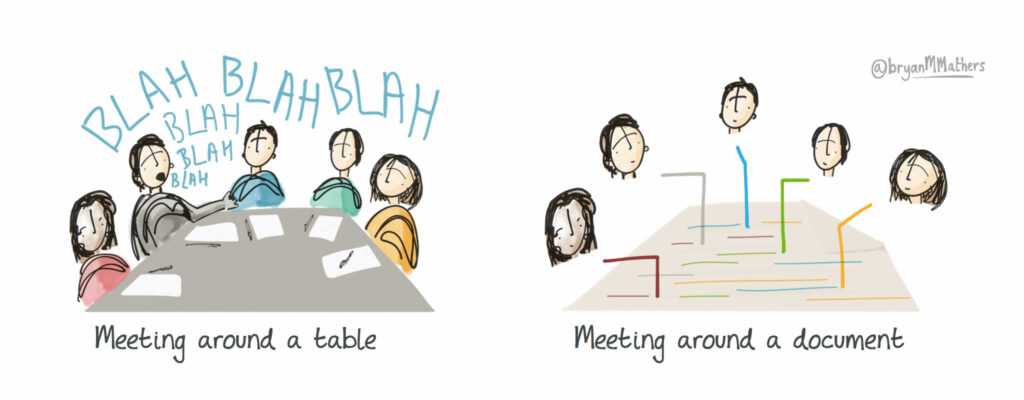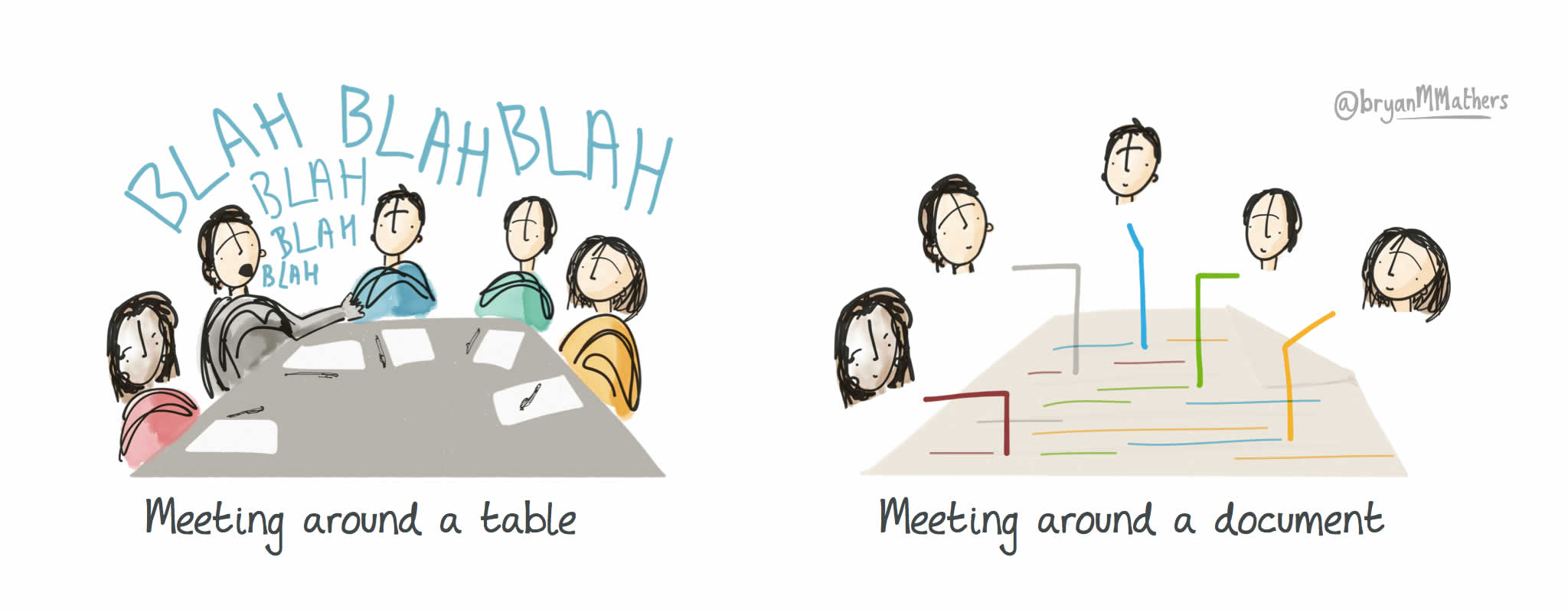This is a conversational blog post (cross-posted here) between Martin Hawksey (@mhawksey) and Maren Deepwell (@marendeepwell).
We are using this approach to create some space to think together in ‘unprecedented times’. It’s open leadership in practice and in pandemic times. For regular readers this is a slight departure from our regular ‘Virtual Teams’ posts (you can read those on our Virtual Teams summary page) taking a broader view of work whilst midst global pandemic.
We invite you to read and think along and send all the best to you and yours. We hope you are safe and we are grateful that we are, too.
April…
Maren: Hello from month two of lockdown here in the UK. I initially started writing this post on 23 March, but since then so much has happened that I stopped and now, a month later, I’ve started this conversation again. I’ve been reading so much about the current crisis: at first there were emergency announcements and lockdown measures, then lots of support and help for coping, then about the ‘new normal’ and now we’ve arrived at predictions for the future. It is both incredibly busy and extremely boring. I am not sure how I feel about the idea of ‘business as usual’. I can understand the desire for a sense of normality and keeping to a routine, but no one can really function normally just now, so I am starting to think about what measures we can take to lead our team through the coming months.. ideas I have had include… building in a planned 20% reduction in overall productivity (to give us as a team more flexibility around care commitments etc); supporting setting priorities for each week and creating a clearer overview for us as a team (kind of like what you would do for a project, ie treat the crisis as a project) and to try and set aside small pockets of time for thinking about things, rather than just doing stuff. What do you think of these ideas?
Martin: There are days right now where I certainly feel less productive and reading this thread shared by one of our team members on the inability to focus as the result of the extra stress from the current situation definitely helped. I’ve also found some of the small adjustments to the way we operate have also been really beneficial. For example, as part of our usual weekly team meeting swapping our usually CPD focused ‘show and tell’, to a ‘show and mental wellbeing’ where we all shared something that was helping us cope with the current situation. I found it particularly uplifting and helpful to see the creativity from the team, but also get a sense that others are also impacted by our current life less normal. In terms of ideas I fear the danger of setting weekly priorities is that “SUDDENLY [you] DON’T GIVE AF about future-based goals, projects, or dreams like you used to?” and the stress of missing goals might end up snowballing. At this time I feel the best we can do is continue to be understanding and responsive to team member needs. Having extra time off over Easter is one example of how ALT has responded to support staff and I think it worth keeping in mind that additional ‘mental wellbeing’ might be required, but I see this need reducing as we all find a new normal. If not already it might be worth spending a little time in the team to share where we are at as a team and if there are any ways something in ALT’s control could be done to make the situation better? Perhaps this last one is covered by your last idea about setting time aside?
Maren: I agree that sharing the well-being ideas are really good. It’s great to hear all these ideas and we shared quite a few laughs as well. Also, our HR advisor, Jo, also checks in with everyone every two weeks. Two weeks is a long time just now, so a lot can change in how we are feeling or coping. It’s challenging to share how we all are as a team, because some of the things that are happening to everyone are very personal. I am trying to figure out the balance between work being an escape, a bit of “normality” for us all and work being a source of social interaction and support. These two things are not necessarily mutually exclusive, but they can sit uneasily alongside each other when for example one person wants to try and have a ‘normal day’ and someone else feels like sharing their pandemic news. On a practical note, I found revising our plan for 2020 really helpful. Focusing on specific tasks rather than an overall uncertain picture has helped focus my mind a bit more. So spreadsheets to the rescue?
Martin: Funny that you mention spreadsheets as they have been something I’ve turned to for my own wellbeing. On Twitter I was asked mental health #Threefor3 in which I included ‘coding’ as one of the things I do. Whilst I do a bit of coding for the day job I’ve also been using it as an escape, nothing like a bit of computational thinking for a distraction and relaxation … well for me anyway. I’ve published a number of these recent projects on my blog, which includes some of the Google Sheets tips we use at ALT for managing our events (evidence that like you trying to find a balance between work as an escape). Something else I’ve been reading and thinking about recently is the demands of video call and video conferencing. It started with this post from Anna Page with her reflections from #OER20. As part of this she mentions that “It can be cognitively demanding keeping an eye on the chat as well as listening to what the presenter is saying and looking at their slides”. This was something I hadn’t considered before but can see where Anna is coming from. More recently I’ve been reading a piece on Engadget on ‘Why is video conferencing so exhausting?’, which highlights factors like “non-verbal overload” and “constant gaze” as reasons video calls can be more tiring than meeting face-to-face. As someone who does lots of online meetings back-to-back is this something you can relate to?

Maren: Definitely. I am not a fan of back to back video meetings and I find there are alternatives:
- having a phone call (often more personal),
- meeting around a document,
- or screen sharing something that everyone can focus on instead of video,
- or having an audio call maybe with video briefly at the start to wave hello.
If… nothing helps and you do have to have back to back meetings, as I often do, then what works for me is
- to have them standing up (I currently have a standing desk only),
- to keep each one to half an hour or less,
- to take regular breaks between meetings,
- and to check in with everyone participating at the start.
Being one of many faces in a grid of video camera pictures is not a helpful way to visualise what having a productive meeting looks like. We don’t all just stare at each other in person. So having a visual focus other than those individual feeds, like an agenda document or a shared screen is key to getting things done for me. I’ve been enjoying reading the different perspectives on whether to use a virtual backdrop in video calls in an education context, like in a teaching context or at a conference, and I am in two minds about it. Whilst I prefer seeing people in their context, I appreciate that many are not in environments they are comfortable sharing widely or wish to protect their privacy. What is your view on video backdrops?
Martin: Having something else to focus on like a doc is a great tip! Video backdrops is an interesting topic. I was at a webinar last week which was being presented by someone I knew, but never met in person. When they presented I thought they were in a rather luxurious private library and my thoughts were how grand it looked (and also how did they afford it!), then when the background started to glitch the game was up. I can see why people prefer to hide their actual backgrounds, particularly when given many have become enforced homeworkers and perhaps have had to squeeze into a space they wouldn’t usually want to share. I can see why people would also want to use enhancement filters, the nature of video call solutions means you generally end up having at the very least a thumbnail of yourself staring back at you, which to me can feel like there is a mirror in front of you most of the day. Awkward for those, especially those thrown into remote working, to adjust to constantly seeing yourself (I actually embrace this and often focus on looking at myself rather than others in the meeting. Not sure if this is how my head tries to get around ‘constant gaze’ of others or if I’m just a huge egomaniac 😉
Maren: It’s been really useful for me to start a conversational blogging project in this new context. I am grateful for the prompt to do some thinking and critically reflect on my practice. I find in these busy times space to do any of that is precious and limited, so it’s useful to start thinking together again. But it is also a vulnerable position to be in, radically open if you like. Let’s hope our readers take encouragement from this, fellowship in face of a crisis. Till the next time 🙂
